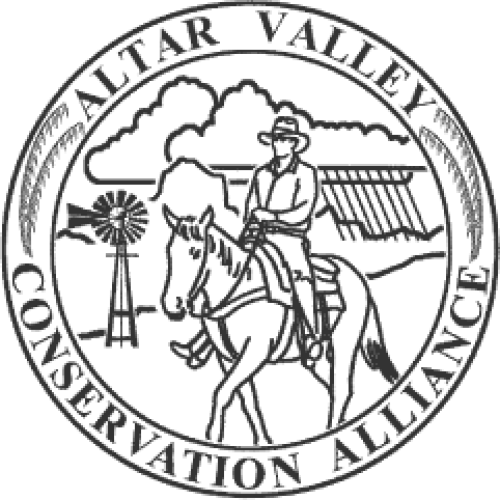Abstract. Vegetation structure and floristic composition strongly influence the structure
of bird communities. To assess the influence of vegetation and other environmental characteristics
on songbirds, we quantified nest-site characteristics and reproductive success of
a riparian songbird community in Arizona. Although we found interspecific variation in
characteristicsa ssociatedw ith nest sites, we identified two suites of speciest hat chose sites
with similar characteristics.T hese “nest groups†were explained largely by nest height and
characteristicso f nest trees. Overall, nest successw as low for songbirdsi n this community,
and averaged 23%. The most common cause of nest failure was predation (81%), although
brood parasitism by Brown-headed Cowbirds (Molothrus ater) was highest at nests of Bell’s
Vireos (Vireo bellii) (29%). No vegetation or environmental features were associated with
the likelihood of cowbird parasitism for any species; nest success for Bell’s Vireos was
negatively associated with the amount of netleaf hackberry (Celtis reticulata) in the understory.
Arizona sycamore (Platanus wrightii) and netleaf hackberry trees contained 41% and
17% of all nests, respectively, and therefore provide critically important nesting substrates
for birds in this rare yet diverse vegetation community. [AUTHOR ABSTRACT]

Reports and other documents about Sonoran Desert ecology, management, and conservation. Curated by the not-for-profit Altar Valley Conservation Alliance (AVCA) located outside Tucson, AZ.